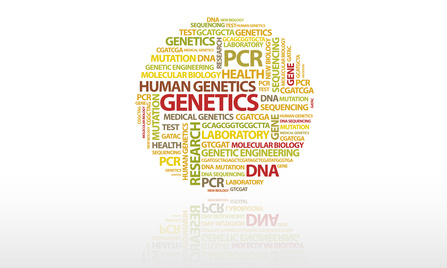The number of tests done varies among sperm banks, sometimes significantly.
In recent years, lesbian couples and single women seeking to have children through artificial insemination can be more confident that FDA-regulated U.S. sperm banks are screening and testing their donors for serious inheritable conditions.
But despite the growing prevalence of genetic testing, be aware that the number and type of tests conducted on prospective sperm donors varies among sperm banks. Additionally, federal regulators and state licensing authorities (with the exception of the New York State Department of Health) don’t currently require donor genetic testing. They do, however, conduct rigorous and regular on-site reviews of all U.S. sperm banks and mandate testing for communicable diseases such as HIV, hepatitis, syphilis, chlamydia and gonorrhea, and for sperm quality.
What genetic testing does the sperm bank perform on donor applicants?
Check with the sperm bank you’re considering about its genetic testing protocol for donor applicants. The recommendations developed by the American Society for Reproductive Medicine and the American Congress of Obstetricians and Gynecologists can be considered today’s “best practices” in this field. For the testing we perform at PRS, which incorporate and go beyond the basic best practices standard, please visit our donor testing page.
Keep in mind there’s no testing protocol that could possibly cover the limitless number of genetic disorders human beings can carry. These range along a broad spectrum from harmless to minor to serious to life-threatening. Plus, not all genetic diseases are inherited: Some genetic mutations can occur spontaneously during embryonic development, and others through some type of environmental exposure that can manifest at any time of life. The risk of a birth defect resulting from donor insemination, according to leading medical research institutions, is the same as the risk from conceiving naturally: in the range of 2% to 4%.
Genetic Disease Prevention: A Breakthrough in Child Health
Genetic testing is one of the most important new frontiers in medicine. It’s also one of the biggest advances in the history of the sperm banking field. The number of devastating diseases identified from routine screening tests would’ve seemed unlikely even a decade ago.
Here are important factors to consider when choosing a sperm donor: his general health, physical characteristics, ethnicity, education, and interests. With the growing availability of genetic testing, the quality and breadth of a sperm bank’s donor testing program is vital information to add into your decision-making process.
Sherron Mills
Sherron is founder and president of Pacific Reproductive Services

